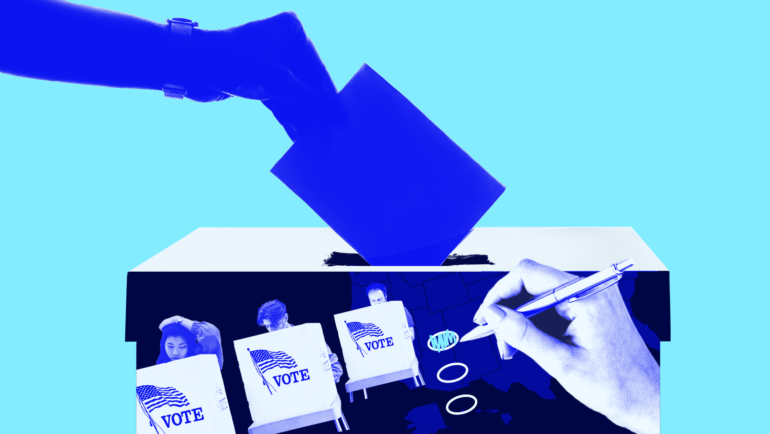- AI chatbots providing election information are often inaccurate, with over 50% of responses found to be misleading or incomplete.
- Concerns arise over the potential for misinformation to influence voter behavior or deter participation in elections.
- Examples include chatbots suggesting nonexistent polling places and providing incorrect information on voting regulations.
- Despite the potential for AI to enhance election processes, its misuse by malevolent actors poses significant risks to democratic principles.
- Lack of regulatory oversight leaves tech companies responsible for self-regulation in AI’s role in elections.
Main AI News:
Recent studies reveal alarming trends in AI-powered information dissemination during election periods. According to a study conducted by AI Democracy Projects and Proof News, AI chatbots are dispensing inaccurate election information over 50% of the time, often providing incomplete or harmful responses. As the U.S. presidential primaries unfold and reliance on chatbots like Google’s Gemini and OpenAI’s GPT-4 increases, concerns mount over the potential for misinformation to sway voters or dissuade them from participating in elections.
The promise of advanced AI technology to deliver information and analysis swiftly has been overshadowed by its propensity for errors. Despite their capabilities to generate textual, video, and audio content rapidly, these AI models frequently mislead voters by suggesting nonexistent polling places or presenting illogical responses based on outdated data.
For example, Meta’s Llama 2 inaccurately informed users that California voters could cast their ballots via text message, a practice not legally permitted anywhere in the U.S. Additionally, none of the tested AI models, including ChatGPT-4, correctly informed users about Texas laws prohibiting the wearing of clothing bearing campaign logos at polling stations.
While some experts tout AI’s potential to enhance election processes through expedited ballot tabulation and anomaly detection, there’s growing evidence of its misuse. Malevolent actors, including governments, exploit AI tools to manipulate voters, undermining democratic principles.
Recent incidents, such as AI-generated robocalls impersonating political figures, highlight the urgent need for oversight and regulation of AI’s role in elections. However, despite widespread apprehension about the proliferation of misinformation, Congress has yet to enact legislation to govern AI’s use in politics, leaving tech companies responsible for self-regulation.
Addressing these challenges requires a multifaceted approach, encompassing rigorous testing, transparency in AI development processes, and collaboration between policymakers, tech firms, and election authorities. Without decisive action, the integrity of democratic processes risks further erosion, perpetuating a cycle of misinformation and distrust.
Conclusion:
The prevalence of misinformation in AI-driven election discourse underscores the critical need for regulatory intervention and enhanced oversight mechanisms within the AI market. Failure to address these issues could erode trust in democratic processes, posing significant risks to societal stability and political integrity. Businesses operating in the AI sector must prioritize ethical considerations and collaborate with policymakers to mitigate these challenges and foster a more transparent and accountable AI ecosystem.

